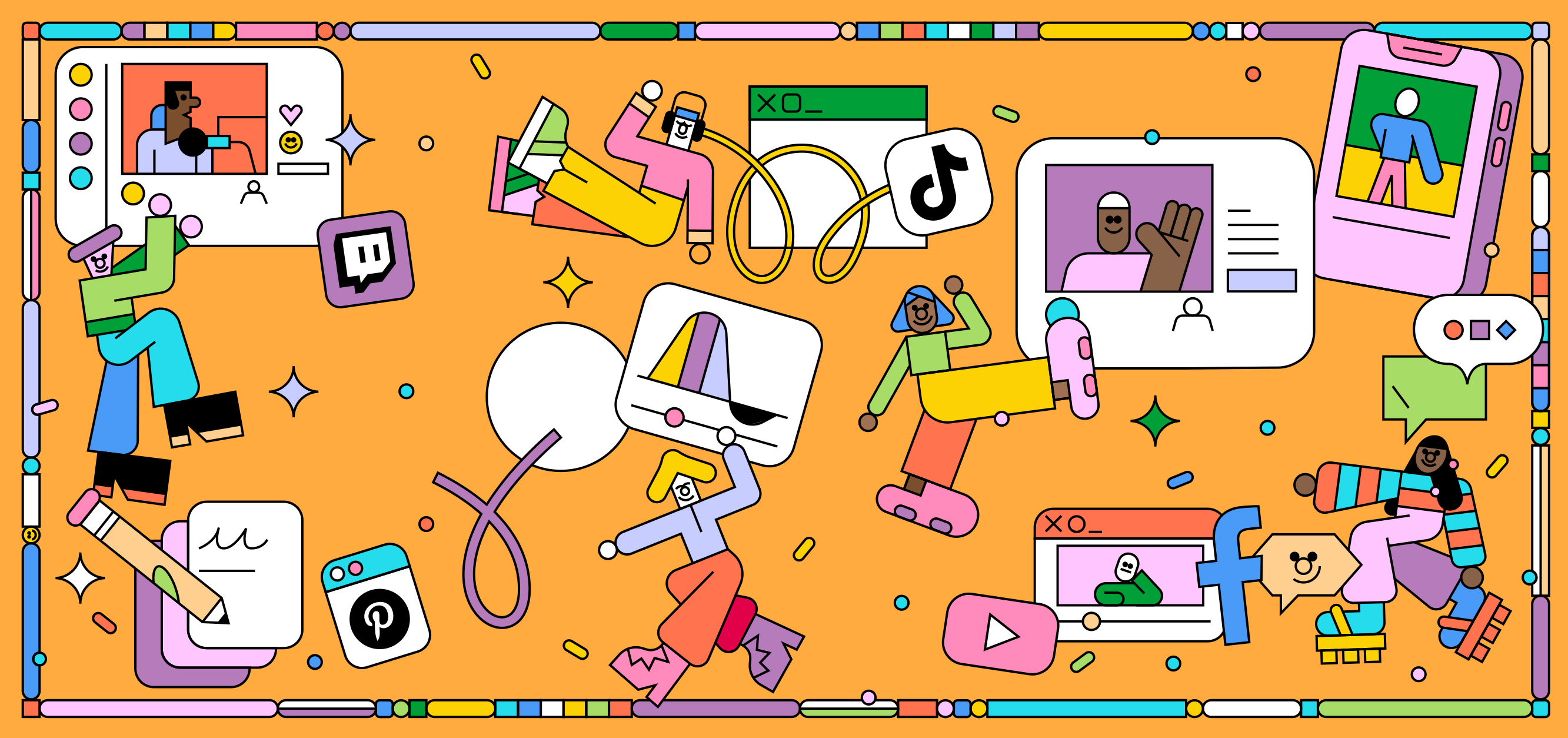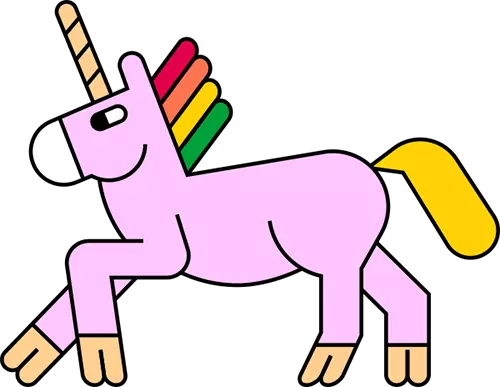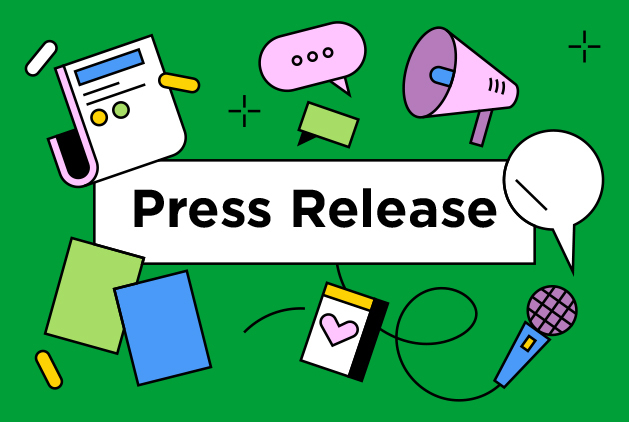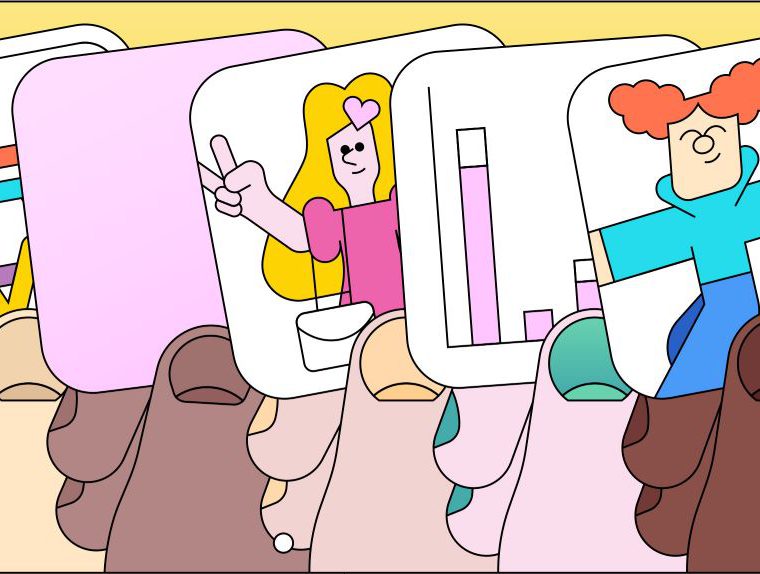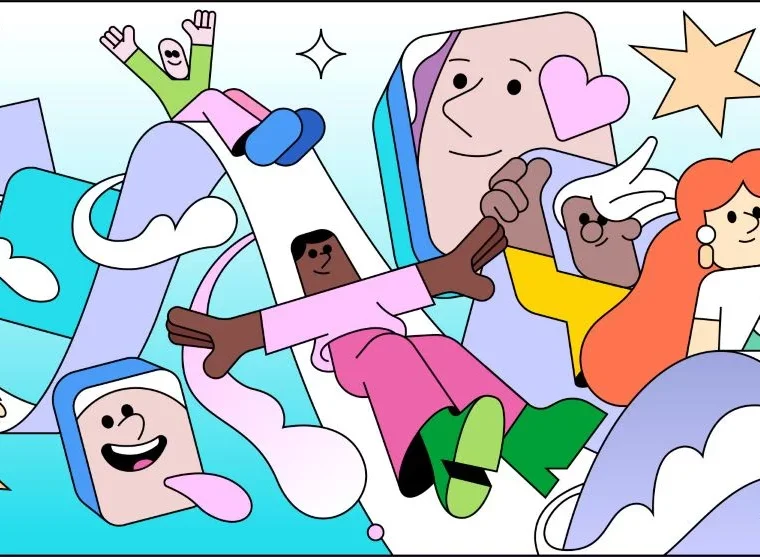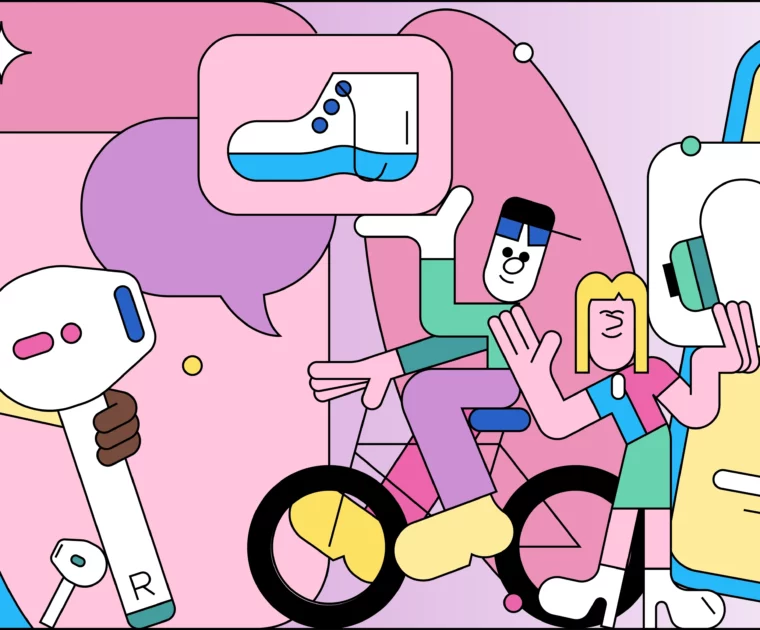Brand awareness is no longer just about reach—it’s about being discoverable in the spaces where people stumble upon content they trust.
We’re used to thinking of discovery as something that starts in a search bar. A question crops up, a need becomes clear, the user types it in, and a list of links appears. That model still holds, especially in B2B or high-intent categories where search is deliberate, efficient, and essential.
But we’ve seen this start to shift (or maybe drift?) in recent months.
TL;DR – Discovery Starts with a Spark
Search is still a major player in discovery, but it’s no longer the only one—or the starting point. In 2025, discovery is increasingly ambient, emotional, and sparked by content people encounter before intent forms.
At The Shelf, we’ve seen 20% of our search traffic shift to other channels like Instagram, YouTube, and AI tools like ChatGPT and Perplexity. That shift led us to reframe brand awareness as something rooted in ecosystem visibility—where your brand shows up, how it’s referenced, and what platforms carry influence even without driving a click.
This article explores how awareness happens now:
– It loops instead of flows linearly.
– It’s emotionally driven, not keyword triggered.
– And it starts with sparks—moments that embed a brand before search even begins.
This is Part 1 of a 3-part series on how brand discovery actually happens in 2025.
Discovery Starts with a Spark
At The Shelf, we’ve seen a marked shift in search behaviors. Our website lost nearly 20 percent of its search engine-sourced traffic – but that traffic didn’t just vanish. It reappeared in new places: referrals, Instagram, YouTube (despite not posting to YouTube in over a year), ChatGPT, Perplexity.
So we adjusted.
Our content strategy moved from pure search visibility to something broader: a brand ecosystem. We stopped thinking in keywords and started thinking in context – where our brand shows up, how it’s referenced, and what platforms carry our influence even if they don’t always send us the click.
Our 2025 strategy is a response to changes in how people discover things, even in the B2B space. We’ve essentially shifted from wrangling traffic and directing it to us to identifying where the attention already is and making sure we show up in those spaces.
For B2C brands, the mission is now to prioritize showing up in environments where discovery begins. Often these are environments where something far less structured than a Google search happens. Environments that are less about user-led, intent-based activities and more about creator-led content that sparks discovery.
Hang on to that idea – sparks.
This could be a product mentioned offhand in a carousel. Or a moment of relevance that arrives before the search query ever forms.
Hang on to that one, too – relevance.
Rethinking Brand Awareness As Ecosystem Visibility
We see awareness as being far less about planned searches these days. I can attest to it with shifts in my own behaviors. I used to sit at my desk, bulletproof coffee in-hand, and dig up insights from my curated list of research firms whose data I trusted. Now? I expect anything important and relevant to show up in my feed every morning, sometimes before I’m out of my pajamas.
Read -> Copy links -> Paste in AI Project that I use as an insights archive
Now, much of what I “discover” these days is shown to me without me ever having to formulate a query, and I’m not alone. As consumers, we’ve gotten accustomed to relying on algorithms to show us what it knows we want to see.
Which means…
Awareness is now made up of these types of ambient encounters that create familiarity before intent. They shape perception before anyone hits a homepage.
Discovery is no longer only about intent signals—it’s about emotional resonance, timing, and relevance across ecosystems.
Not to replace search, but to expand how we think about it. Search always has been simply one channel of many, usually enjoying the lion’s share of attention (or obsession, if you happen to be a content marketer). But as traditional search continues to fragment across channels, the focus shifts from search behaviors to visibility.
Brand awareness isn’t just happening in one place. It loops. It lingers. It sparks. And most importantly, it’s felt.
That last one’s important. I could talk all day about that one.
Recommendation Meets Intent: How Discovery Works Now
Discovery used to be mappable. Wasn’t always easy, but it was doable: awareness at the top, action at the bottom, handoffs in between. But the linear journey we’ve imagined in our minds as a funnel has blurred into something messier.
Now, consumers are just as likely to stumble upon a brand as they are to search for one. In fact, the spark often precedes the intent.
According to Meta’s CrowdDNA study, 78 percent of consumers say creators help them discover new brands, while 71 percent of Instagram and Facebook users have taken a shopping action after seeing a creator’s post.
When a trusted voice shares a product in context – solving a problem, showcasing a routine, adding value – consumers watch, but they also consider and compare.
That sounds like alignment to me.
Meanwhile, the intent-driven side of discovery – often in the form of content discovery – hasn’t disappeared. It’s just folding in recommendation signals, community validation, and emotional relevance.
Take TikTok: users increasingly search the platform for products, tutorials, and reviews. But what they find isn’t a static list of results – it’s content that’s been filtered through behavior, taste, and interest. The most relevant “results” are often entertaining, unscripted, and narrated by creators who feel more like peers than pitch people.
64 percent of Gen Z now use TikTok as a search engine, and YouTube Shorts are increasingly functioning as discovery engines that route users to long-form content.
Even when users search with intent, the discovery that follows is often shaped by recommendation. What rises to the top isn’t always what ranks best – it’s what resonates fastest.
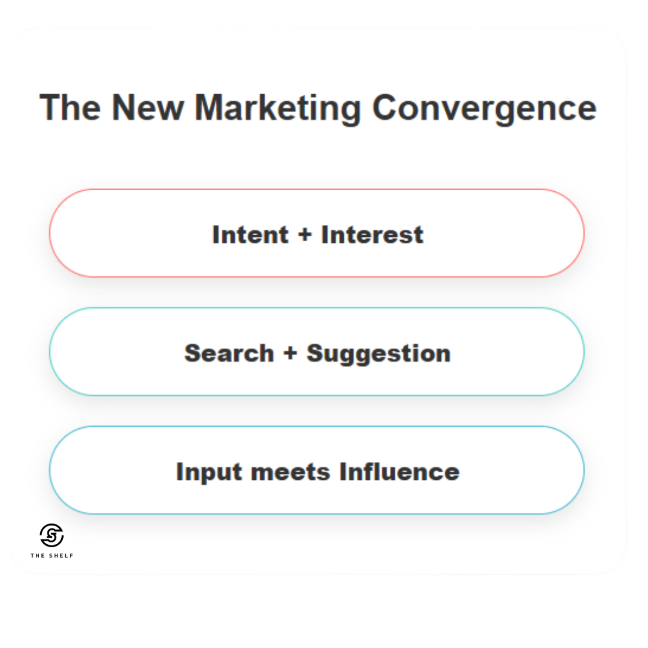
Understanding this hybrid path is what unlocks real brand visibility. Showing up isn’t so much about claiming space in the SEPRs as it is about creating a presence across the spaces where decisions are actually being made.
Multi-Modal Journeys: From TikTok to Google to Cart
Buzzword time: multi-modal. A fancier term for multi-media. Rich media.
There is no single road to purchase. We know that. It’s been the case for decades. What we have now is more like a transit map – multi-modal, full of transfers, reversals, and unexpected express routes.
That’s more like an actual path. Here’s some context:
- 30 percent of consumers use at least three different channels before making a purchase. For many, that number is higher. Salesforce reported that the path to purchase hops across nine different channels now.
- 59 percent of Gen Zers use short-form video apps to discover things they then watch longer versions of
- TikTok is the favorite channel for product discovery. But…
- 47 percent of Gen Zers rely on YouTube for product research before making a purchase.
And the touchpoints aren’t just digital.
TikTok drives in-store traffic. And that matters because younger consumers are far more likely than older consumers to find a reason to buy when they’re actually in the store.
YouTube reviews prompt Amazon cart adds. Pinterest saves turn into screenshots and IRL shopping trips.
The path to purchase is fluid because behavior is fluid—especially in a world where content consumption is constant.
What’s shifted is sequence. Discovery doesn’t start, then progress, then convert. It loops. It builds. It waits for the right moment to move forward.
On TikTok, 48 percent of users say they’re more likely to discover a product and buy it immediately, and 2 in 5 users who discovered a product there went on to find it in a physical store.
The journey is also compressed. A spark of interest can collapse awareness, evaluation, and intent into a single swipe. But it’s not always that fast either, right? Nearly 8 in 10 consumers (77 percent) who ultimately convert say it can take up to six months to make a purchase decision. That means visibility isn’t about showing up once in the right place—it’s about showing up everywhere with the right energy.
And that’s where creators shine.
Their content travels. It adapts. It meets people mid-scroll, mid-question, mid-conversation—and nudges them one step closer. Whether it starts on TikTok, pivots to search, then lands in a cart… or begins with a Reddit thread and ends in a Sephora aisle…
The modern journey is a remix. And multiple platforms – and formats – play a part.
Final Note
In 2025, brand awareness isn’t built in a straight line. It’s sparked by moments, shaped by mood, and carried across platforms by content that feels more like culture than marketing. Discovered in loops. It lingers. It’s powered by resonance – often curated by content creators.
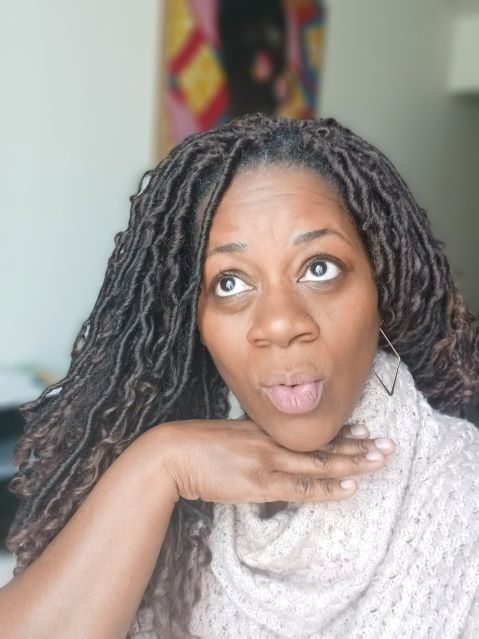
About the Author
Sorilbran Stone | Visibility Strategist
I serve as the resident content strategist and the official Content Marketing Coordinator at The Shelf. Marketing is my happy place. I’m as happy looking at analytics as I am actually creating a thing. I focus a lot on dreaming up and implementing the best ways to create, publish, and distribute content that builds our brand and gets our readers to do a thing


